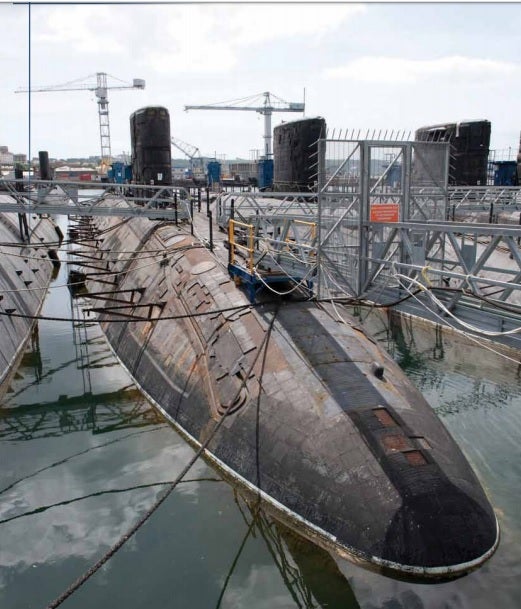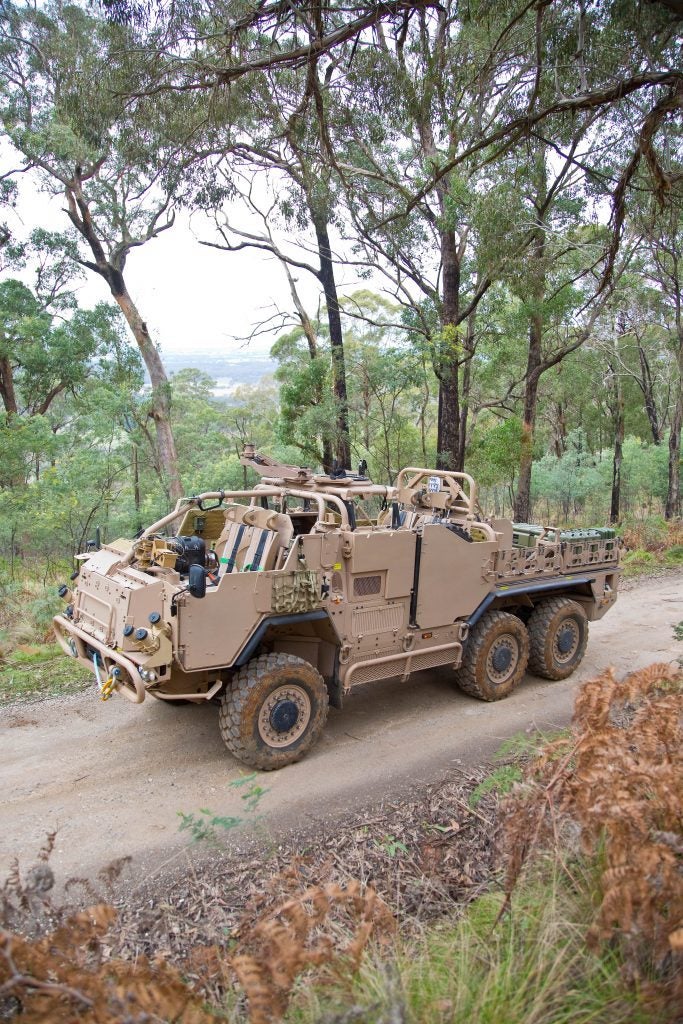British Defence Acquisition – A Primer on the Process
A seldom lauded subject, defence acquisition is a complex task and can be over-complicated by those involved and certainly by those commenting upon it. With processes intended to reduce economic risk to public spending, defence, alongside other public procurement activities, is generally thought to be slow and unwieldy when it’s deployed.
With civil servants and members of the armed forces involved, the United Kingdom’s Ministry of Defence acquisition processes have internal competing interests from the start. The purpose of this article is merely to outline some of the simple elements of the overall acquisition approach, with future articles diving deeper into specific aspects and lessons that could possibly be learnt. It’s hoped that this will inspire conversation about experiences and misgivings with what is broadly a ‘one-size-fits-all’ approach to a multi-size, multi-need customer base.
At the highest level, there are two ‘models’ that provide the framework for nearly all defence acquisition activity. In the first instance though, it’s necessary to define what is meant by acquisition. In simple terms, it’s the procurement process (design through to initial purchase), through to the in-life support elements, and then the capability’s disposal. The term ‘capability’ is one broadly understood by the general public – being drawn from the term ‘capable’ – but in the defence acquisition context, there are specific aspects of ‘capability’ that will be explored further in another article: capability management and the defence lines of development are the second underpinning ‘model.’
CADMID
The first model for acquisition is the ‘CADMID’ cycle: Concept, Assessment, Demonstration, Manufacture, In-Service, Disposal. An alternative is CADMIT where the final element of the model is Termination rather than Disposal – due to there being nothing physical to dispose of. CADMID is a life-cycle value chain. Its intent is to capture all of the phases that have to be considered for a capability. It clearly shows that acquisition is not just about the purchase and any assessment should always consider the full life of a capability.

One of the challenges with this approach to the life cycle is that it has the potential to restrict thinking to each individual phase and not considering all aspects at each decision point. Whilst the level of detail known about disposal at the concept phase may be limited, it still needs to be considered and understood as much as possible. Whilst the in-service demand likely to set the requirements that need to be considered in the concept phase, this isn’t the only consideration for in-service. This phase determines the support that is needed after manufacture. It could be the most expensive phase and needs to be fully understood; however, this is often the area of most criticism with lack of support, causing problems with availability, reliability, serviceability and maintainability when actually in-service. This potential to restrict thinking to specific phases is exacerbated when decision-making points (known as ‘gates’ in UK MoD parlance) are linked to specific phases and, consequently, making the phases either side of the gate the focus for thinking in that period.

Lack of in-service support is one weakness commonly discussed too little too late but another is disposal and the submarine disposal project is a well-known example, with many of the UK’s nuclear submarine fleet lying in harbour waiting for an appropriate disposal route to come forward. It should always be remembered that the CADMID cycle should apply to a capability rather than a technology or specific product, meaning that while the capability remains in service, disposal activities could be part of the in-service support for those end-of-life pieces of kit as much as consumables from maintenance.
There are other value chains but all cover the same general phases with naming conventions suiting the sector they’re designed for. All will have the same kind of challenges but not all will have the same public sector culture that intensifies some of the problems which exist with the UK MoD’s CADMID.

